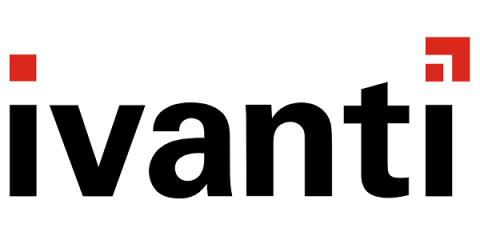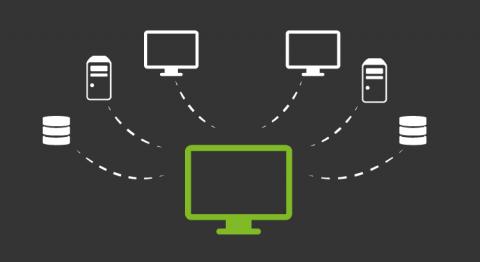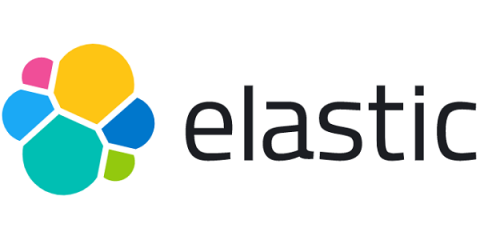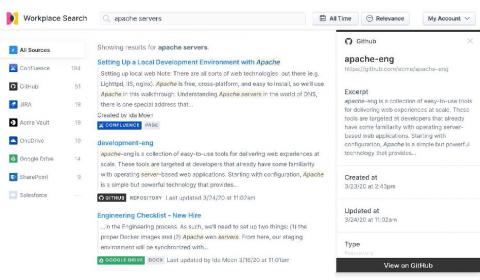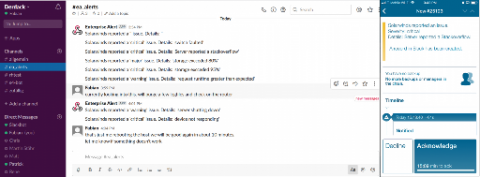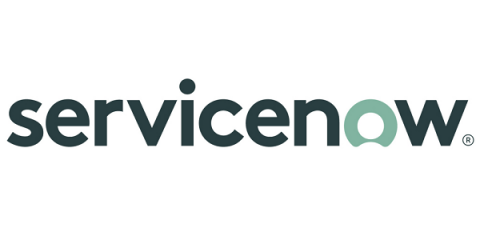How to simplify SNMP implementation
The following is a guest post from Jean Tunis, the principal consultant and founder of RootPerformance. You want implementations to be simple. Who doesn’t? But often, that’s not the case. SNMP is one of the oldest used protocols to manage a network. SNMP stands for simple network management protocol, but it might not have been all that simple for you. Maybe it was simple back in the late 1980s, when SNMP became a standard protocol for network monitoring.



